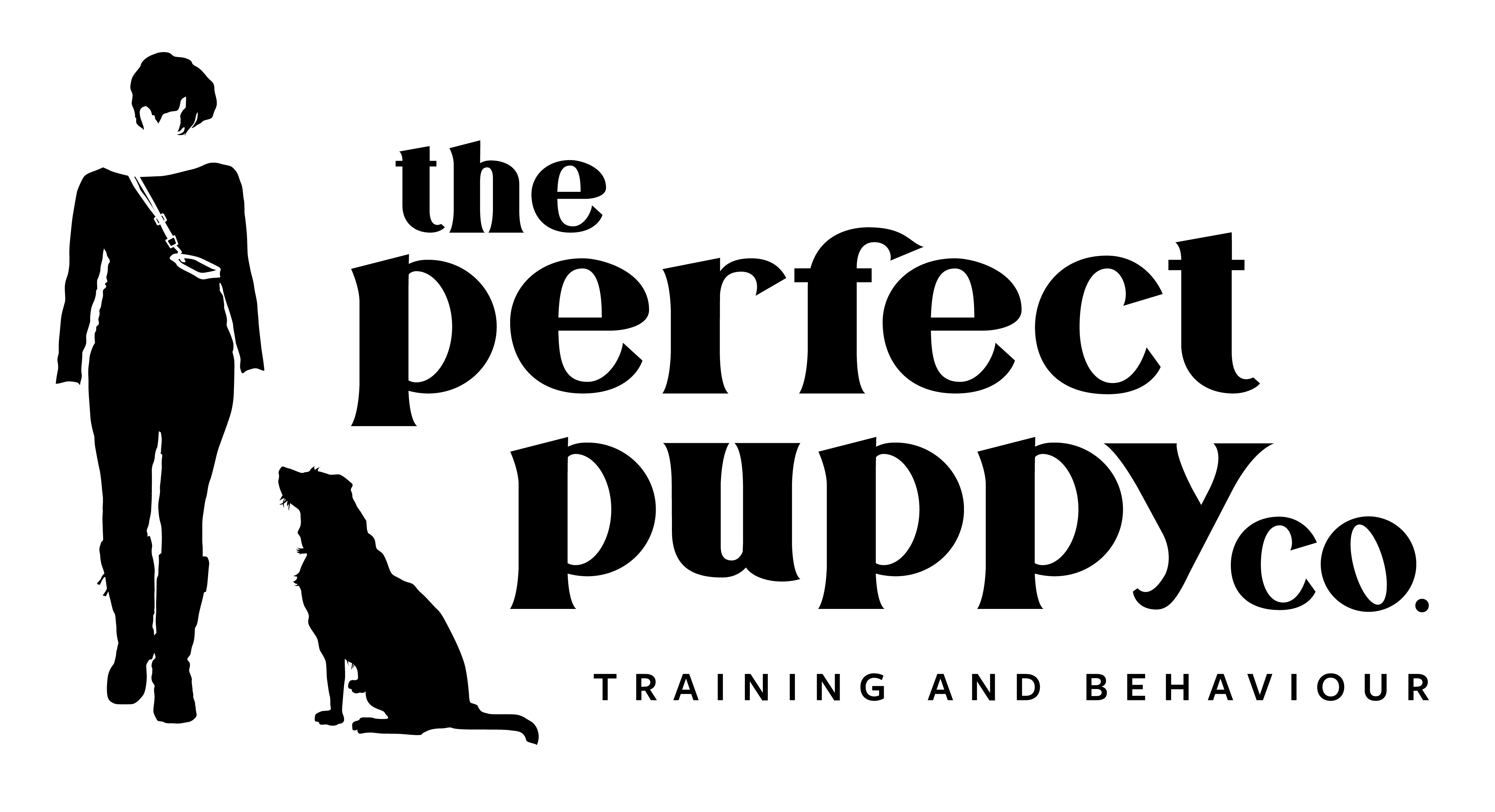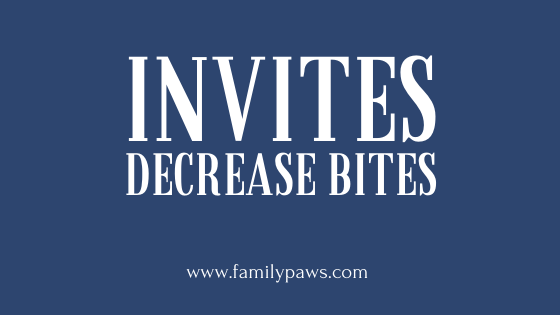Playmate not a Plaything: teaching children to respect your dog
On occasion I get calls about problems where the answer seems pretty obvious to me. Recently I had a call about puppy who was repeatedly nipping the children in the family, and one little girl in particular. I asked when the biting was happening and the answer was “Whenever the children pick her up”. The simplest and most obvious answer (to me) was to suggest that the children no longer pick up the dog but interestingly that wasn’t the solution the caller was expecting. Or, I think, wanting.
The family had got a puppy with the expectation that she’d be a playmate for the children. They wanted the children to be able to play with her and, to them, that meant handling her and picking her up. And there was an expectation that they should be able to do that.
But there’s a huge difference between a playmate – who actively shares fun and games with the children – and being their plaything – an object whose sole purpose is the amusement of others. Dogs are living, sentient beings – not passive playthings – and they are allowed to say ‘No’ to things they don’t like. Even when those things are things we believe they should like. This little dog was clearly trying to communicate that she didn’t like being lifted and hugged and, for the children’s safety and the pup’s wellbeing, that needed to be listened to.
Children are notoriously bad at interpreting dog’s body language. They miss the telltale signs that a dog is becoming fearful or stressed and so the dog is left with no option but to escalate to more overt behaviours like growling, snapping and biting. So rather than put both children and dogs in potentially dangerous situations maybe we should teach our children some less hands on, more respectful ways to interact with their dog?
If they want to hug or dress up a dog let them do it with a soft toy. Toy company Melissa & Doug have some great, accurate, breed specific soft toys that will let you child hug and squeeze and dress up their ‘dog’ to their heart’s content. And safely.
If your child wants to interact with their pup teach them to invite the dog to approach them rather than them approaching the dog. And accept the answer gracefully if the dog declines. Invites decrease bites!
Teach them to recognise the ways their pup shows how they are feeling. There are great child friendly resources available to teach them how to speak dog.
Culturally there’s a huge expectation that dogs should enjoy being petted and that we can handle dogs, even dogs we don’t know, freely. Maybe it’s time to change those expectations?
Happy Training,
Aileen

